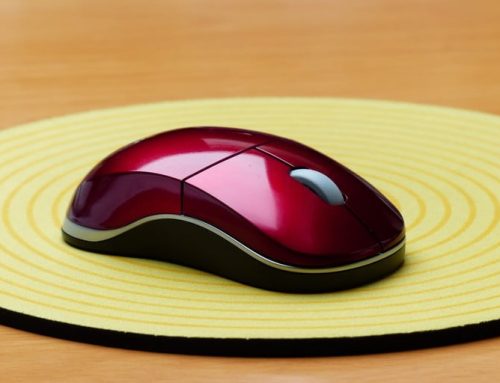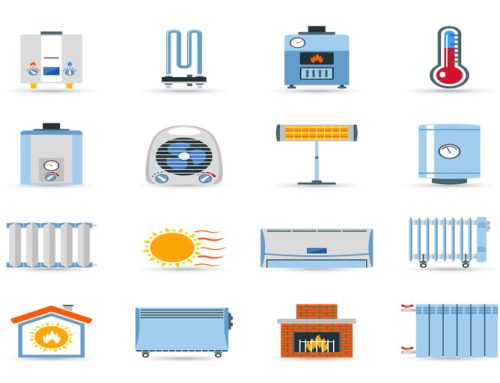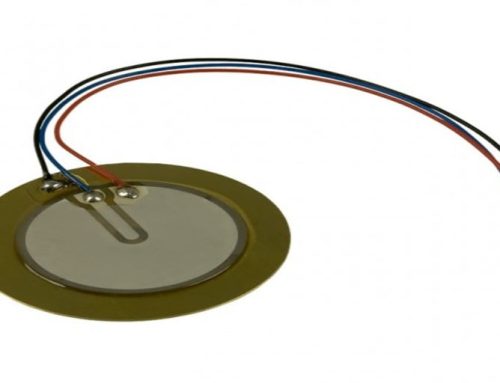
All of us are aware of a term known as ‘Energy’. It is required in every field of modernization. And it is being generated by two types of sources. The first one is known as conventional energy sources and the second one is known as non-conventional energy sources.
Conventional energy sources such as natural gas, oil, coal, or nuclear fuels like uranium and plutonium are finite but still hold the majority of the energy market. But continuous and consistent extraction of these sources is generating two major problems. The first problem is that we are exhausting these energy sources at a high pace. And the second major problem is that conventional energy sources emitted many environmental pollutants like radioactive isotopes, co2, several hydrocarbons, and much more. To solve these problems human civilization is now moving towards clean and green energy sources also known as ‘Non-conventional energy sources’.
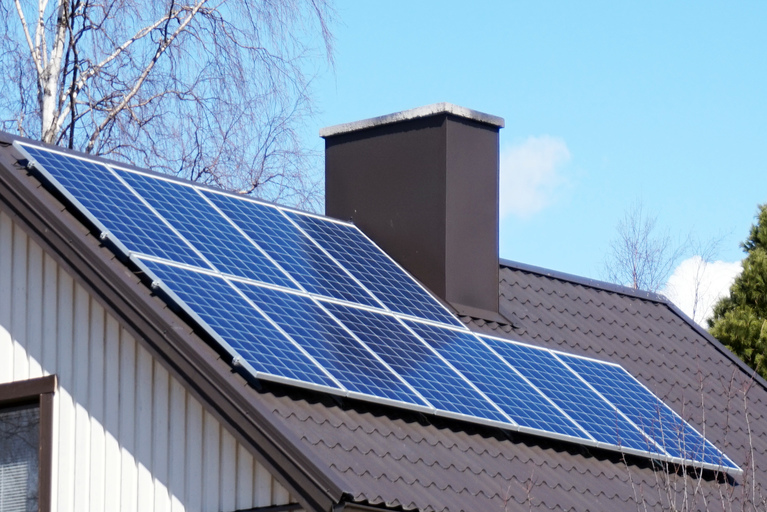
Solar panels on roof top
Types of non-conventional energy sources are such as wind, solar, tidal, and others. The main significance of non-conventional energy sources are clean and echo friendly. These energy sources generate very little or no environmental waste. Here we are going to discuss solar panels that generate Solar power.
What are Solar panels?
A solar panel is a gadget that converts light into electricity. Several solar-cells are connected to generate electric power.
When we are considering solar power we found that it is nothing new. In history, people have used solar power as far back in the 7th century B.C. The uses of solar power included focusing the sun’s energy through a magnifying glass to start fires for cooking or generating heat. Sun-rooms were invented in ancient times to capture heat for its natural warmth.
In 1839, a French physicist was working with a cell made of metal electrodes in conducting solution. During this time he found that the cell produces more electricity when it was exposed to sunlight. Later in 1873, Willoughby Smith discovered that selenium could function as a photoconductor. After three years later, in 1876 William Grylls Adams and Richard Evans Day applied the photovoltaic principle discovered by Becquerel to selenium. They had noted that it could, in fact, generate electricity when exposed to light.
In 1905, When Albert Einstein published a paper on the photoelectric effect. This generated more attention towards solar energy. A big breakthrough came in 1954 when three scientists, Daryl, Calvin, and Gerald of Bell Labs created a more practicable solar cell using silicon. This invention formed a foundation for modern solar cells. So we can say that solar cell modernization is a gradual process. It is not a one-day job.
Working of Solar Panels:
The solar panel is a set of solar-cells. These several solar-cells or photovoltaic cells generate electricity by using sunlight. When sunlight hits the semiconductors like silicon and selenium (present in solar or photovoltaic cells) the energy from the light, in the form of photons, is absorbed, knocking loose many outer orbit electrons of semiconductor atoms, which then drift freely in cell.
Silicon solar cell working
Solar cells are specifically designed with positively and negatively charged semiconductors sandwiched together to create an electric field. This electric field forces the drifting electrons to flow in a certain direction-towards the conductive metal plates that line the cell. In every photovoltaic cell amount of flowing electrons determine the electric current strength. Once the free electrons hit metal plates, the current is then directed into the wires. These wires are allowing the electrons to flow towards the connected load. In this way, a solar panel works as an electric power source. Solar panels generate DC power.
But only solar panels are not enough to operate as the power source. Other units need to be added with solar panels.
Units needed in solar panels:
- Charge controller
- Backup batteries
Charge controller:
This unit works as a charge regulator in a solar power system. A charge controller is a device that regulates voltage and/or current to keep batteries from overcharging. Charge regulators mainly responsible to regulate voltage and current coming from the solar panels and going to the batteries. Most of the solar panels provide 12 to 16 volts output for 12-volt batteries, so if there is no regulation the batteries will be damaged from overcharging.
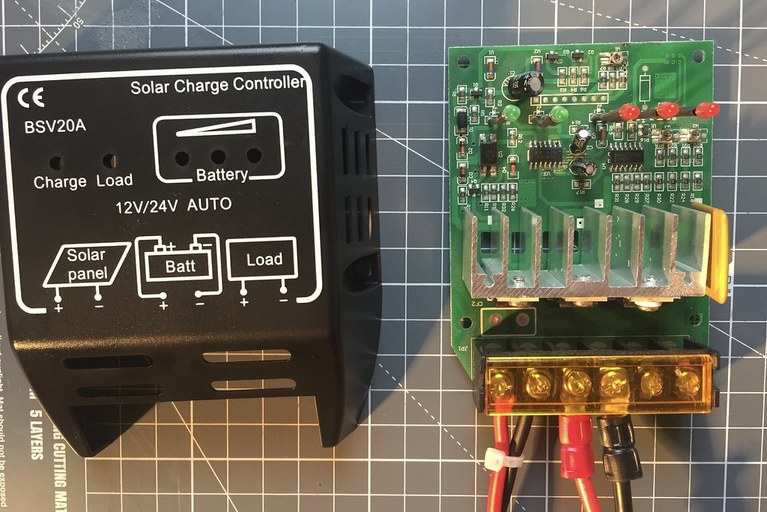
Charging controller for solar panel
Generally, there is no need for a charge controller with the small and trickle charge panels, such as the 1 to 5-watt panels. But when we are dealing with more wattage then the regulator should be recommended.
Backup batteries:
All of us know that solar power is working only in the presence of the sun or in the daytime. But we need power also at night time or in cloudy weather. During this time we need backup batteries that are being charged in clean weather or daylight.
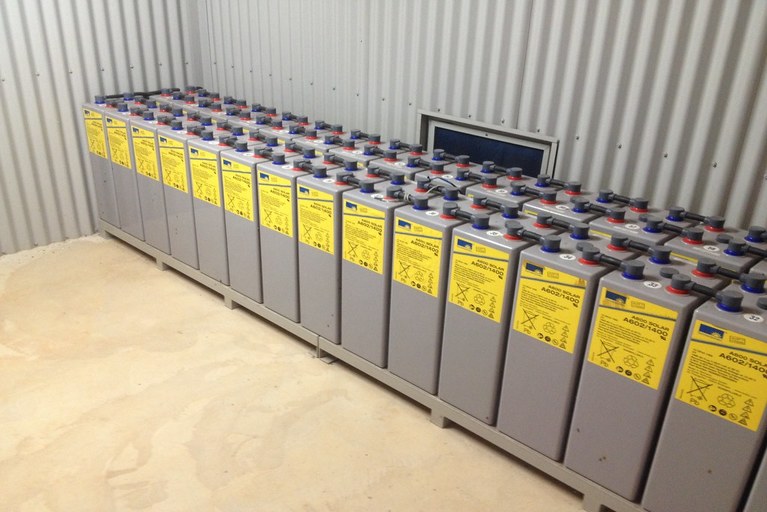
Backup batteries
There are several models of batteries are available to store solar energy; each model comes with its advantages and disadvantages. Some of the trusted battery models are given below:
- Lithium-ion batteries (LMO, NMC, NCA, LFP)
- Lead acid batteries (Flodded, VRLA)
- Nickel based batteries (NiCd)
- Flow batteries (RFB, HFB)
Lithium-ion batteries:
Lithium-ion batteries are evolving continuously. These are being used in most of the electronic equipment, Automobiles, etc. There are four kinds of Li-ion batteries that are often used to store solar power:
- LMO (Lithium Manganese Oxide):
- Good – Supports fast charging.
- Bad – Only recently enters in the Commercial and Industrial We can’t much rely on these.
- Lithium Nickel Manganese Cobalt Oxide (NMC):
- Good – High charge storing capacity or high specific energy.
- Bad – Only recently enters in the Commercial and Industrial We can’t much rely on these.
- Lithium Nickel Cobalt Aluminium Oxide (NCA):
- Good – High charge storing capacity and more stable.
- Bad – It is a relatively new technology in battery design.
- Lithium Iron Phosphate (LFP):
- Good – Long battery life and it does not require ventilation.
- Bad – Risk of the thermal runway, in simple terms internal temperature of the battery will continue to rise, causing the battery current to rise, creating a domino effect. The rise in temperature in a single battery will begin to affect other parallel or series connected batteries.
Solar power benefits:
Solar power has many benefits; some of them are given below:
- Zero energy production costs.
- Less energy is lost for long-distance distribution.
- Versatile installation of solar panels.
- No noise and air pollution.
- Economically affordable now.
Limitations of Solar power:
Every object has its own merits and demerits. Solar cells also have some:
- It is not 100% reliable. This means that when sunlight is not available, there is no power generation.
- High initial capital costs.
- The efficiency of solar panels are still low.
- Complications when moving solar equipments.
- Materials used to make solar panels like silicon or selenium can cause environmental pollution.
- Need an open area for installation, where sunlight available for a long duration.
Upcoming changes in Solar panels:
In the initial days, poly-crystal semiconductors were being used to generate electricity. As the modernization also affect this gadget that causes to generate solar panels with mono-crystal type semiconductors. These are more efficient than the older ones. We are hoping that evolution in technology will soon eliminate most of the limitations of solar panels in the upcoming days.
Thanks for reading. See you soon with another exploration!

